Types of Hearing Aids

Your Guide to Hearing Aid Styles
Hearing aids vary in size, shape, fit, colour, technology, performance and, of course, price. But it’s a common misconception that smaller, more discreet aids are usually more expensive. The cost instead tends to be more dependent upon the technology, rather than the size.
Today’s digital hearing aids are far more advanced than the analogue hearing aids of the past, which simply amplified sounds. And with so much choice, it can be confusing deciding which hearing aid might suit you best.
That’s why, as part of your free hearing consultation, your local Audiologist will explain the various types of hearing aids to you, and make recommendations based on your hearing loss, your needs and usage of the hearing solution. And because we are independent, you can choose from a full range of hearing aids from all the leading manufacturers, unlike many hearing aid providers.
Take a look at our useful guide to hearing solutions, for more information on what is available and what to consider when making your choice.
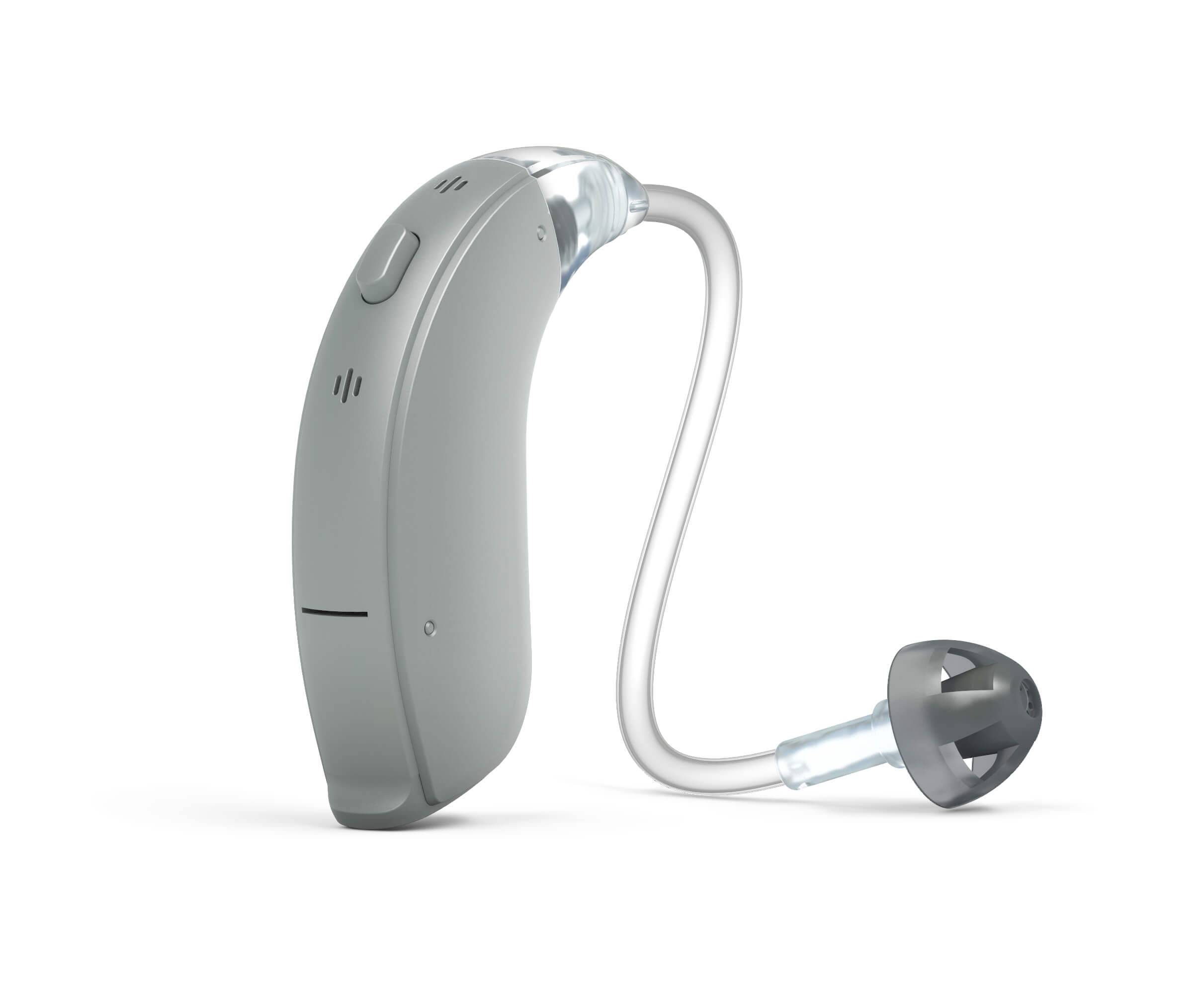
Behind the Ear (BTE)
These are small devices that sit behind your ear, with a thin, clear tube that fits to an earmould that sits in your outer ear. BTE hearing aids can also be open-fit, which means the almost invisible tube fits to a speaker with a soft tip that goes into the opening of your ear. These are less visible than the BTE aids with an earmould. BTE aids come in a variety of colours and skin tones. Many models
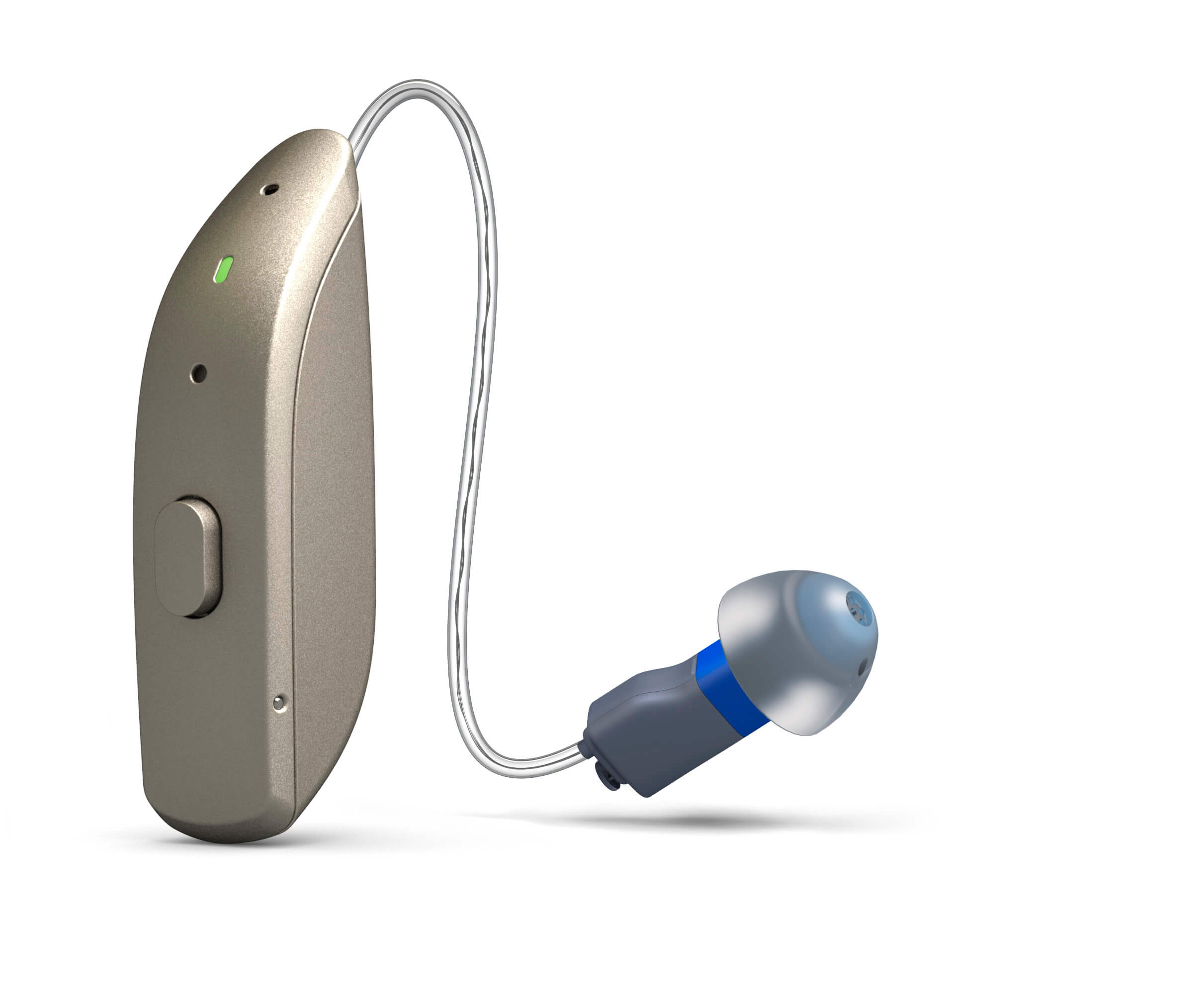
Receiver in the ear (RITE) and Receiver in canal (RIC)
A smaller device with a small case, containing the microphone and amplifier, that sits discreetlybehind the ear. The case is connected by a thin, clear wire to a speakerplaced inside the opening of the ear or the ear canal. Because some parts are hidden, these hearing aids are less visible when worn, than BTEs. And because the receiver is in the ear/canal, sound travels a shorter distance with lower transmission loss, so can result in a superior listening experience and this takes less battery power. Regular cleaning is, however, important with RITE and RIC, as sound performance can be affected by wax and moisture in the receiver.
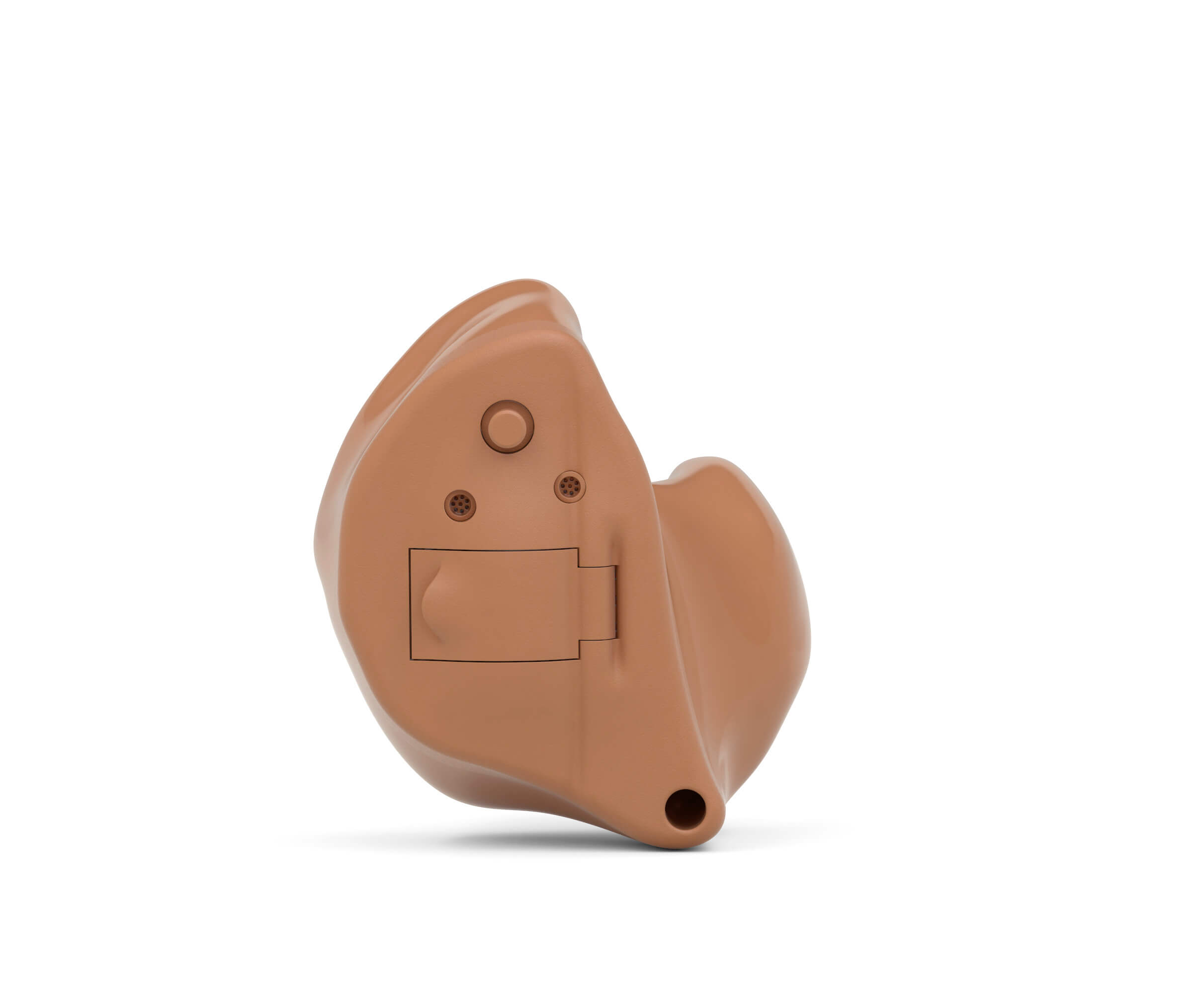
In the ear (ITE) digital hearing aids
A small device that fills the area just outside the opening of your ear known as the concha, andcannot be seen from behind like BTE or RITE hearing aids that are visible from the side. The microphone, amplifier and speaker fit into a shell that sits snugly in the concha and ear canal. Because of the way these hearing solutions fit in the ear and not behind it, they are especially convenient for people who wear glasses, and are very compatible with the wearing of face masks! As they are slightly larger in size than ITC, CIC and IIC hearing aids, they can offer additional features and functionality.
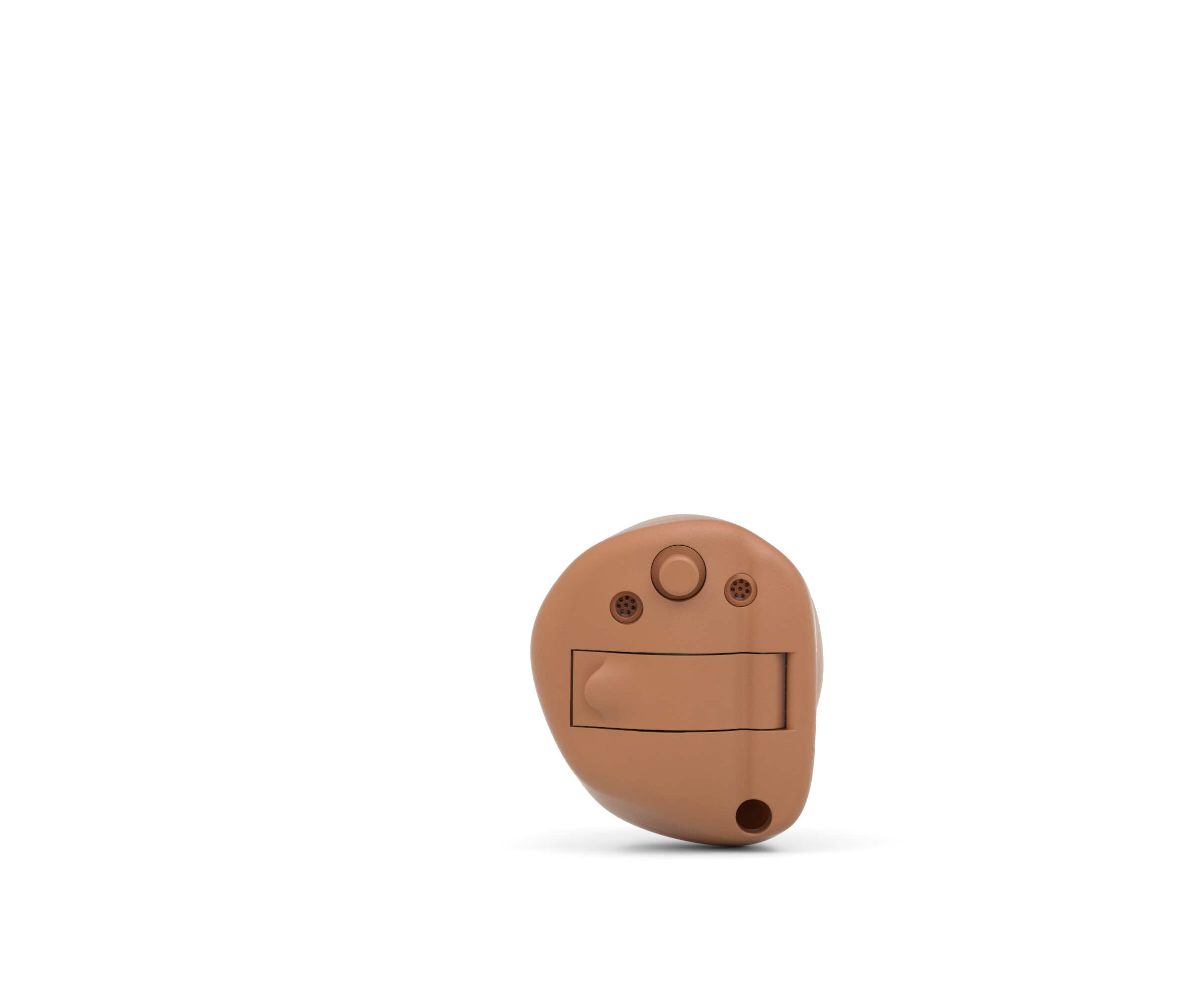
In the canal (ITC) digital hearing aids
These hearing aids are similar tothe ITE aids, except they are smaller and just fill the opening of theear. This makes them less visible than many other hearing aids. They are moulded to fit snugly and securely inside your ear canal. And whilst they are very discreet, their size means they are not too fiddly to put in and take out.
ITC hearing aids are suitable for mild to severe hearing loss, but not all severe loss. And because they fit snugly inside the opening of the ear, they tend to give less feedback and whistling than many other hearing aid types. They also usually have a slightly larger battery so offer longer battery life.

Completely In the canal (CIC) digital hearing aids
As the smallest type of hearing aid available (excluding IIC), these fit further down into the opening of the ear than ITC hearing aids so are barely visible in use. The working parts are all contained inside the ear mould so there are no external wires or tubing, and they are custom designed to fit discreetly just inside the ear canal.
CIC aids are suitable for mild to moderate hearing loss, but they can be prone to a build up of earwax and moisture due to their positioning, so ventilation is important and the use of a dehumidifier unit when the aids are not being worn is recommended. CIC aids are probably not suitable for you if you suffer from frequent ear infections.
Because of their small size, the switches and buttons on CIC aids can be tricky to operate if you have dexterity problems, but this can be easily overcome with the use of a remote control. The small size of these CIC aids also mean they generally have less features than larger, less discrete aids.
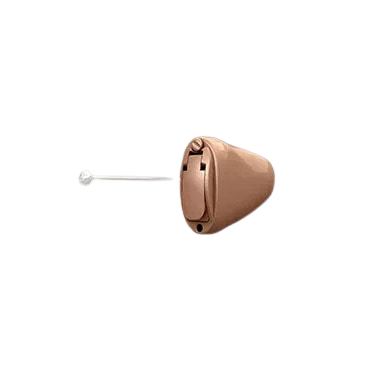
Invisible In the canal (IIC) digital hearing aids
IIC hearing aids are the very smallest type of hearing aid available and, as their name suggests, they are completely hidden inside the canal of the ear and are custom made to fit. A tiny, clear, protruding extraction cord makes them easy to insert and remove from the ear.
Because they usually automatically adapt to any sound environment, you don’t need to adjust them, and they provide natural sound performance effortlessly. Like CIC aids they can be prone to a build up of ear wax and moisture so need good ventilation and regular maintenance, and for this reason they are probably not suitable for you if you suffer from frequent ear infections.
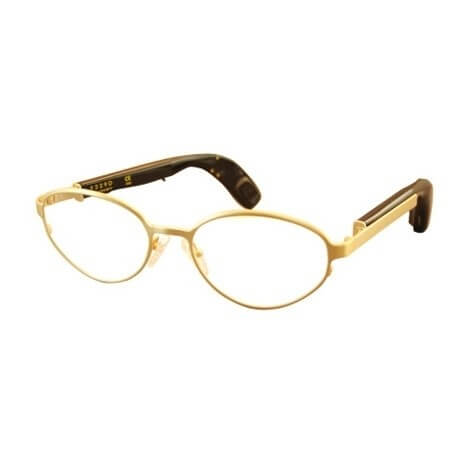
Spectacle hearing aids
These are unlike any other hearing aid in this guide, in that the hearing aid is mounted onto the arm of your glasses. By putting pressure on the mastoid bone behind your ear, sound signals are transferred directly to the cochlea in the inner ear.
They are suitable for conductive hearing loss that is mild or moderate and are especially good if you have ear problems that prevent you from wearing hearing aids inside the ear, like an allergy or frequent ear infections. Because they sit on the glasses, they don’t get dislodged from behind your ear by your spectacles like behind the ear (BTE) hearing aids.
Although they are housed on the arm of your glasses, the hearing aid component is barely visible when worn, so your hearing loss is still discreet. However, this does come with the disadvantage that if you need a change in your prescription or repair to your hearing aid or your glasses, you could find yourself temporarily without both whilst this is being dealt with.

Which hearing aid do I choose?
Choosing the right hearing aid for you can be a daunting choice with so many types and models available. And your preferred hearing aid might not be suitable for your hearing loss, your lifestyle or your budget! That’s where your local Audiologist can help guide you and take you through the best options for you. Simply make a FREE appointment with your local Audiologist for a free hearing test and they will be happy to advise you. Hearing tests – what to expect
